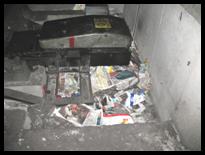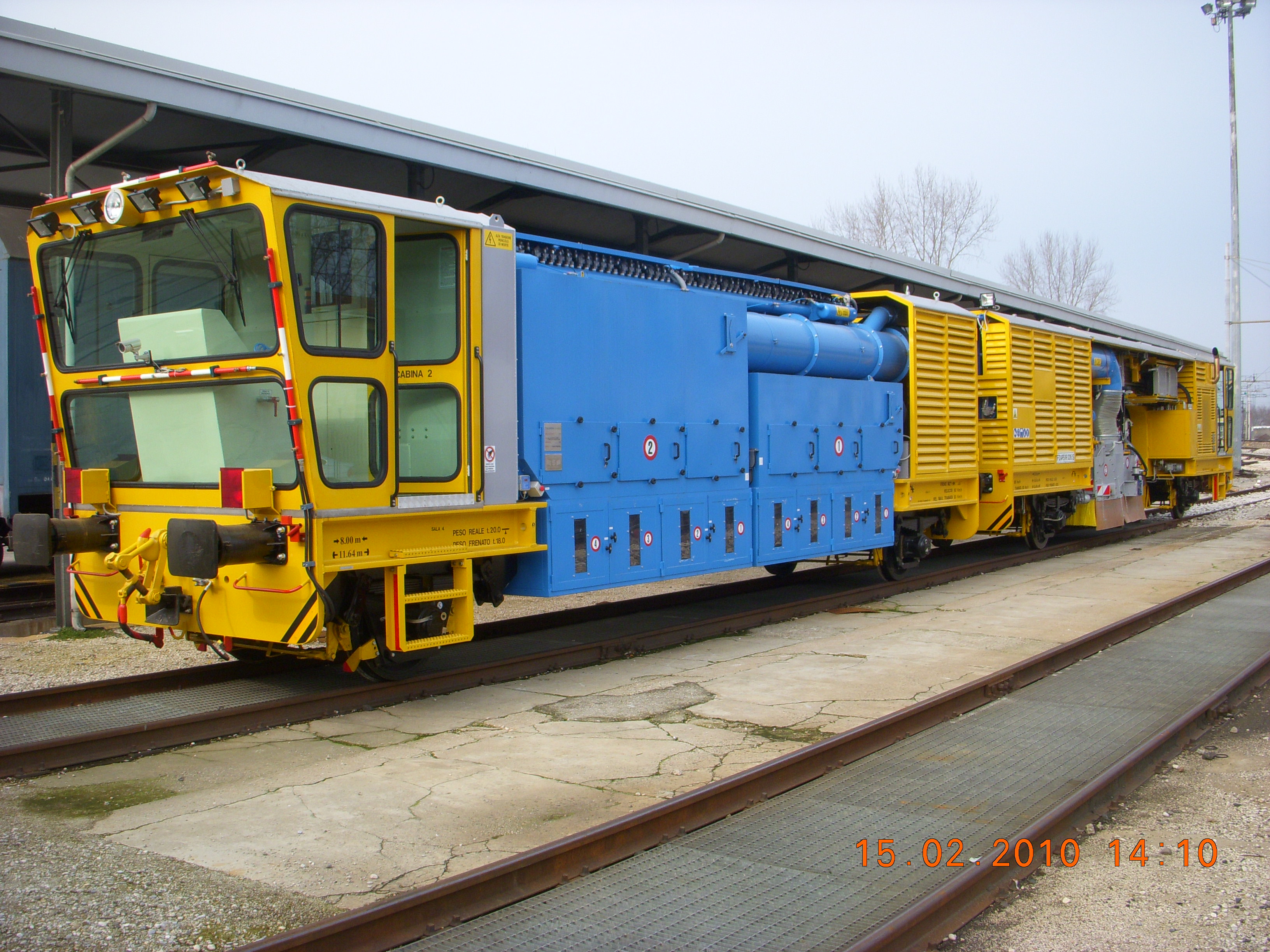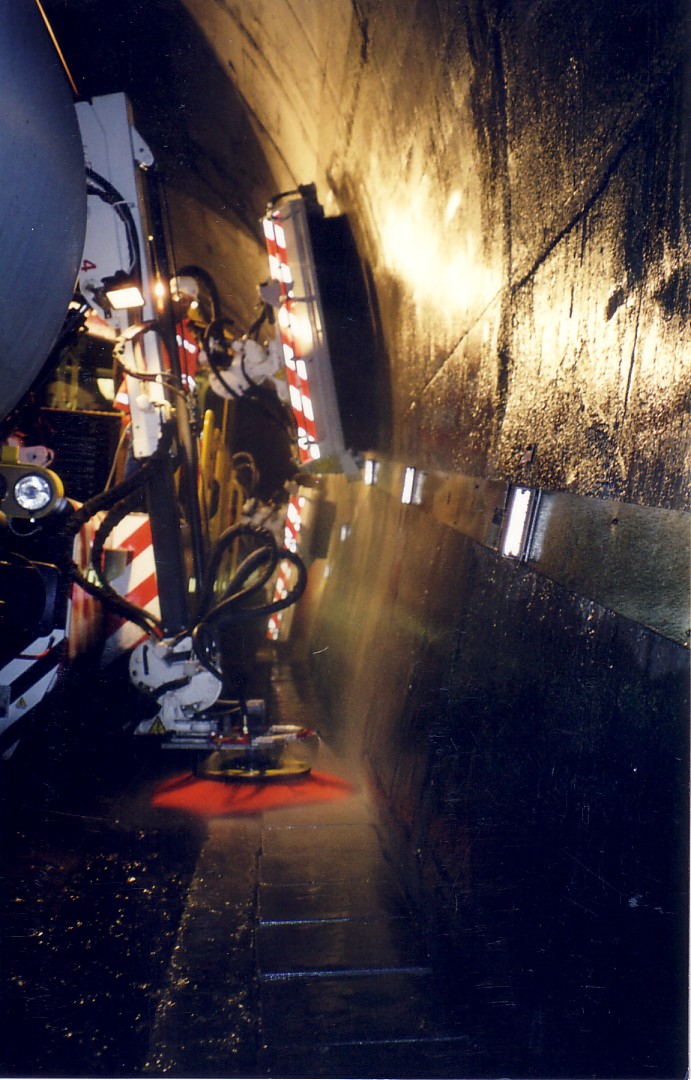Trains for tunnel cleaning
Origin of tunnel dirt.
Macro, mini and micro tunnel dirt is caused both by inner and outer factors.
- Inner factors are due to the contact interaction between wheel and rail and between pantograph trolley and contact line, rail grinding and profiling, ballast consolidation, minor maintenance activities and more;
- Outer factors are due to forced ventilation and passengers litters.
Why tunnel cleaning is necessary?
Tunnel cleaning is crucial for two main reasons: safety and costs reduction.
- Safety is achieved by ensuring the visibility of the railway signals, by enhancing the practicability of the routes, by reducing the fire risks, by improving the tunnel environment work, by granting the respect of the luminance standards and the availability of the handrails.
- Costs reduction is achieved by granting the life prolongation and the correct operation of all tunnel technological equipments (relay rooms, slotted cables, gearcases...), by decreasing the number of damages suffered by the train onboard equipments (driving motors, filters...) and by reducing the maintenance costs relating to the railway signals.
Being a Company operating both in the services sector and in the train manufacturing field, TecnoFer SpA has developed an innovative system named STPT (that is Tecnofer’s Tunnel Cleaning Service) with the aim of improving the tunnel cleaning technologies currently in use.
The STPT system performs three different types of intervention :
- vacuum cleaning;
- washing;
- sterilization.
The vacuum cleaning is performed by using two trains (SAI 150 and one train between SAI 400 and its evolution named SAI 400 EVO) which work in sequence and they can brush and remove the macro dirt and the fine dust particles adherent to the railway seat and routes.
Washing is performed by using two trains (SALT 400 and SALT PONY) and involves 3 types of intervention:
- high pressure washing with appropriate cleansing agents of equipments, railway signals and technological facilities;
- wet mechanical brushing of walls, railway signals and roof sections;
- sterilization with special micronizing devices (nozzles) spreading biocide aqueous solutions.
All three types of intervention are performed using special trains fit for the purpose and manufactured by TecnoFer SpA.






